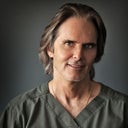Rhinoplasty surgery it’s not a single procedure. It is a very general term used for any operation that changes the shape of the nose. Within the umbrella, rhinoplasty and many different operations that can address each anatomic subunit of the nose.







